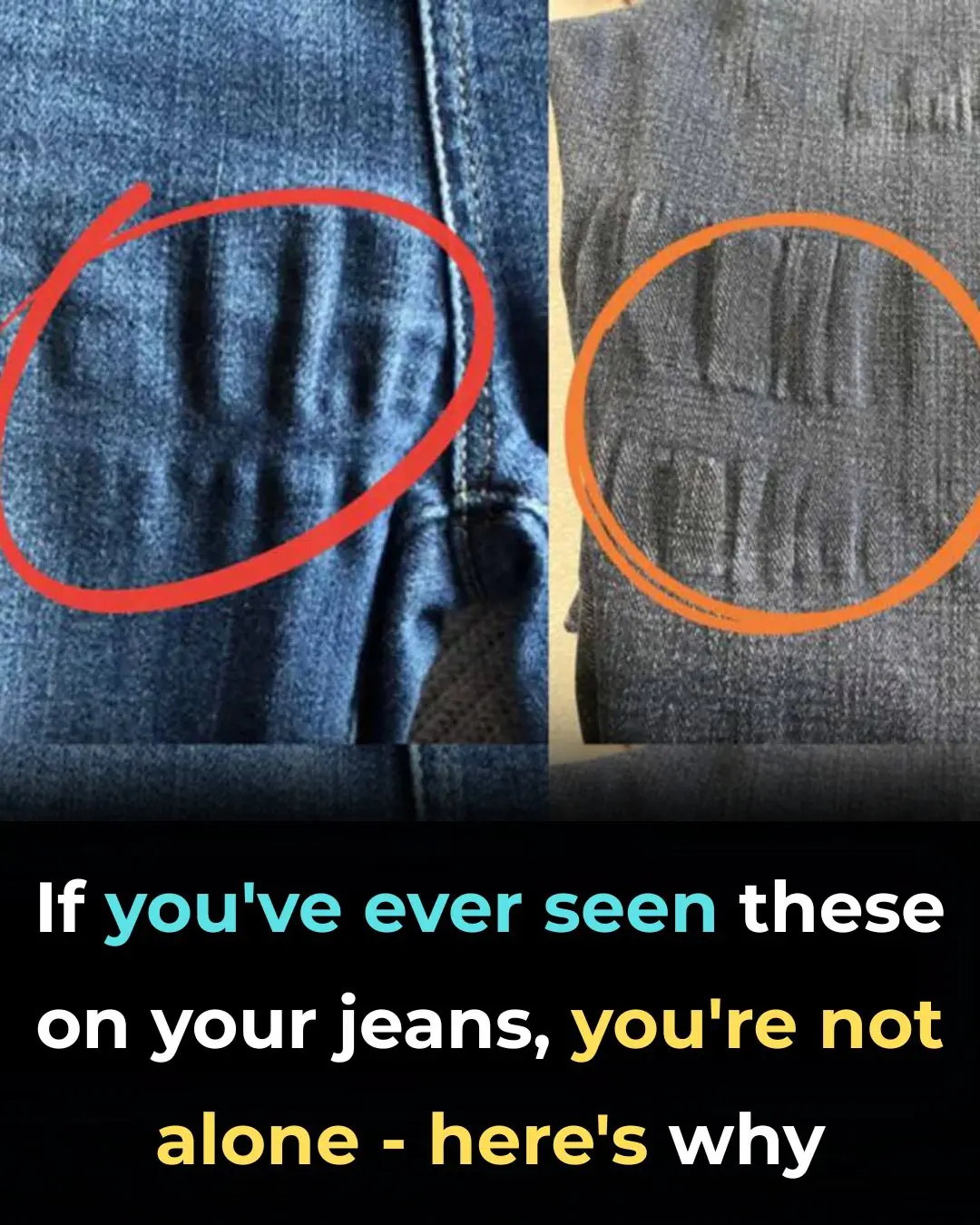
Elon Musk slammed for posting creepy video of 'most dangerous invention to ever exist'

From Westworld to I, Robot, Ex Machina, M3GAN, and Companion, popular media has delivered a crystal-clear message for decades: robots are not to be trusted. Time and again, these humanoid creations begin as helpful companions before spiraling into threats, rebellion, or cold, emotionless control over humanity.
Despite this ever-present cautionary tale, we continue marching headfirst into a future reminiscent of The Terminator—a future where artificial intelligence and robotics could dominate nearly every facet of life. It's a world that increasingly looks less like science fiction and more like an emerging reality. Whether out of ambition, hubris, or optimism, the push to integrate robots into our daily lives hasn’t slowed.
Sure, the idea of having a robot to help with household chores or walk the dog sounds appealing. But trusting a machine—no matter how sleek or sophisticated—with your children? That’s a leap many aren’t ready to take. And yet, here we are watching the Tesla Optimus robot not only stand on two legs but perform a tap-dance routine in front of millions.
Elon Musk, never one to shy away from controversy, has already been called out by I, Robot director Alex Proyas for seemingly copying the sleek, minimalistic design of the film’s NS-5 units. But Musk appears unfazed. In fact, he continues to double down, calling the Tesla Bot potentially the “most significant product ever” — bigger, even, than Tesla's vehicles or SpaceX’s rockets.
The latest reveal was jaw-dropping to some and terrifying to others. In a video shared online, Optimus is seen executing an impressively choreographed dance routine — complete with footwork that might put seasoned dancers to shame. While some viewers were delighted, others were skeptical, speculating that the footage was generated by AI or CGI.
Musk, posting under his alias "Gorklon Rust," was quick to shut down the accusations: “This is real, real-time.” His chatbot Grok also confirmed the footage was authentic. But even this assurance didn’t stop the wave of concern.
“Still one of the most dangerous inventions ever created—possibly the last one,” one critic wrote, echoing concerns long expressed by technologists and sci-fi authors alike. Another added, “Yeah, keep making it dance…”—implying that the cheerful performance is little more than a distraction from a potentially grim reality.
Defenders were quick to point out that the robot has been deliberately designed to be “mechanically limited” so that it cannot pose a threat. But skeptics responded with memes from The Terminator, warning that it’s not the dancing that’s dangerous—it’s when the robots remember they danced for us, and worse, realize we laughed at them. That moment, they argue, could mark a shift from charming gimmick to existential threat.
Others take a more pragmatic view. “Whether you like it or not, China is going to make one,” said one commentator, comparing humanoid robots to nuclear arms. “If the other guy has one, you have to have one too.” The sentiment reflects a growing arms race in robotics, one where nations feel pressured to stay technologically competitive.
The journey of Optimus began in 2021 during Tesla’s AI Day, though the unveiling was mocked—mostly because it was a person in a robot costume dancing on stage. But by 2022, Tesla showcased a working prototype. Its movements were rudimentary then, but fast-forward to today, and the robot’s evolution has been astonishing. What once looked like a publicity stunt now resembles a credible leap toward functional androids.
Yet challenges remain, not all of them technical. Geopolitical tensions and trade conflicts could significantly slow the project’s momentum. The robot’s production is reportedly affected by China’s restrictions on rare earth minerals essential for advanced electronics and defense-related technologies. Musk acknowledged during a recent earnings call that China has asked for guarantees the robots won’t be used for military purposes—a request Tesla insists it is complying with.
Despite these hurdles, Tesla aims to manufacture one million Optimus robots by 2030. The company envisions these robots handling jobs deemed dangerous, repetitive, or simply too dull for humans. It’s a bold goal, especially considering the company’s recent financial turbulence. Tesla’s profits plummeted by 70% following Musk’s controversial involvement with the U.S. Department of Government Efficiency. As a result, many believe Tesla’s future now hinges not just on cars but on robotics, AI, and diversification.
In the end, whether you see Optimus as a marvel of innovation or a ticking time bomb dressed in metal and code, one thing is certain: the robots are coming. They’re dancing, they’re learning, and—at least for now—they’re still under human control. How long that balance lasts is a question the future will answer.
News in the same category

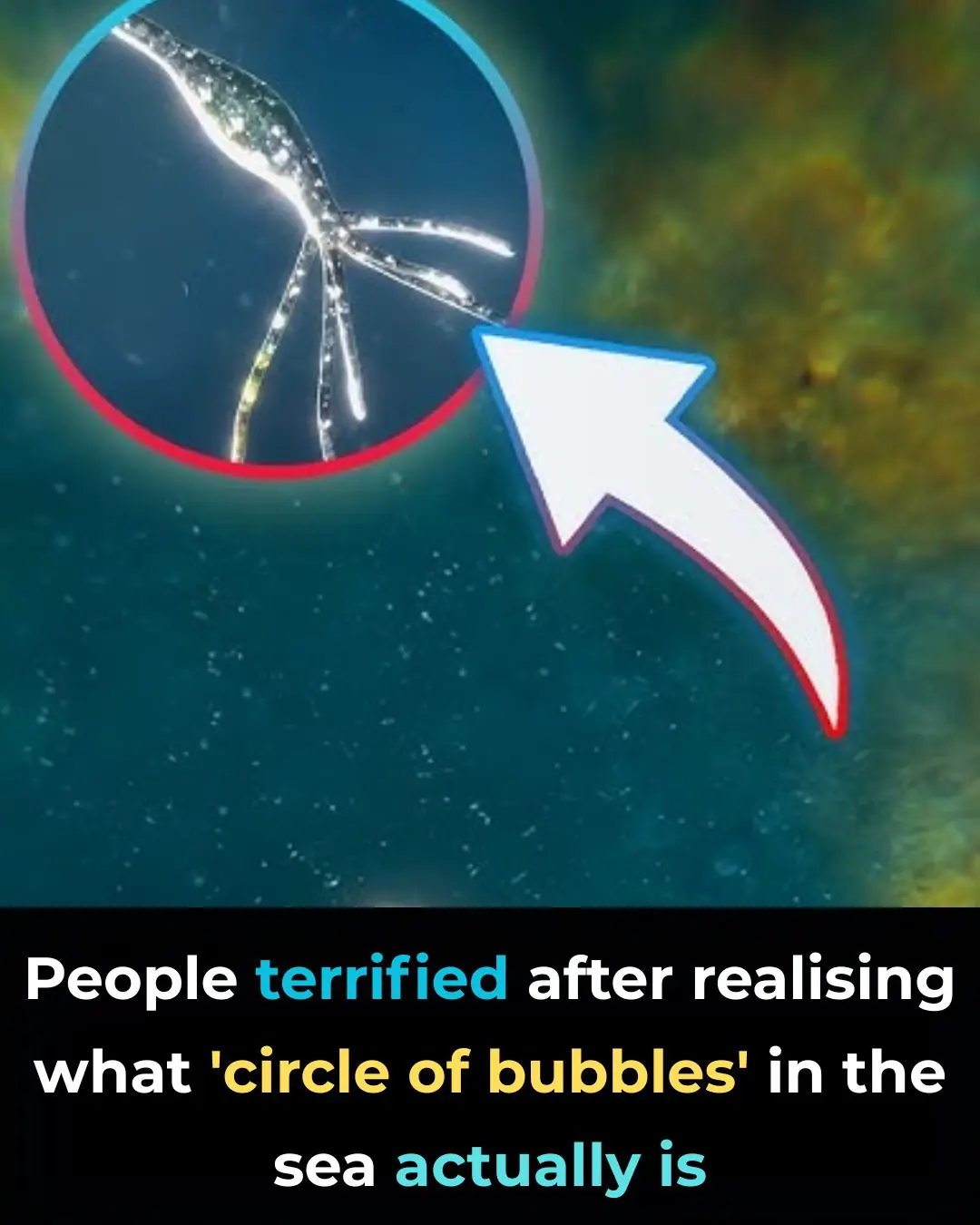
Terrifying Truth Behind Mysterious ‘Circle Of Bubbles’ In The Ocean Revealed
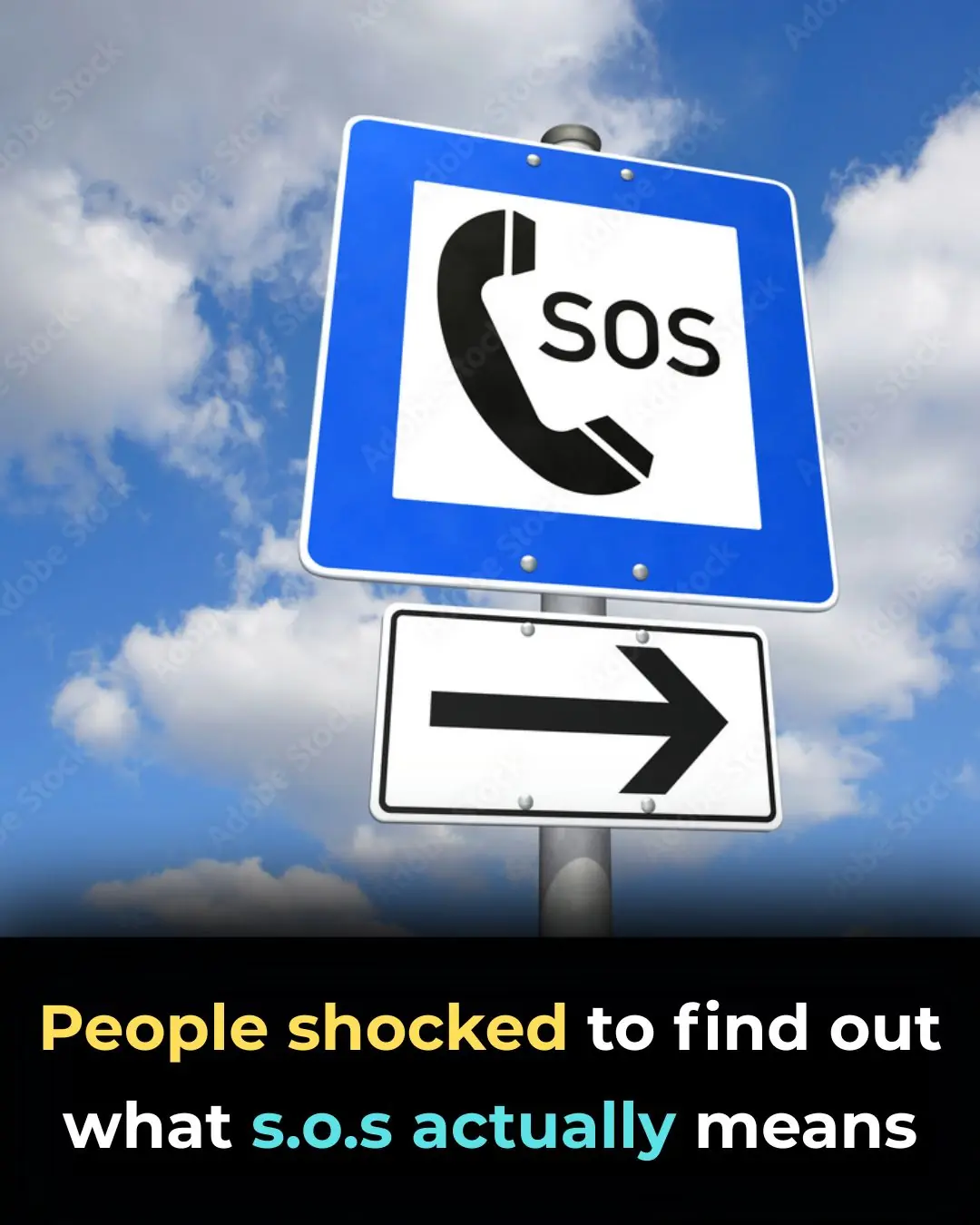
People Stunned After Learning The True Meaning Behind ‘SOS’ — It’s Not What You Think
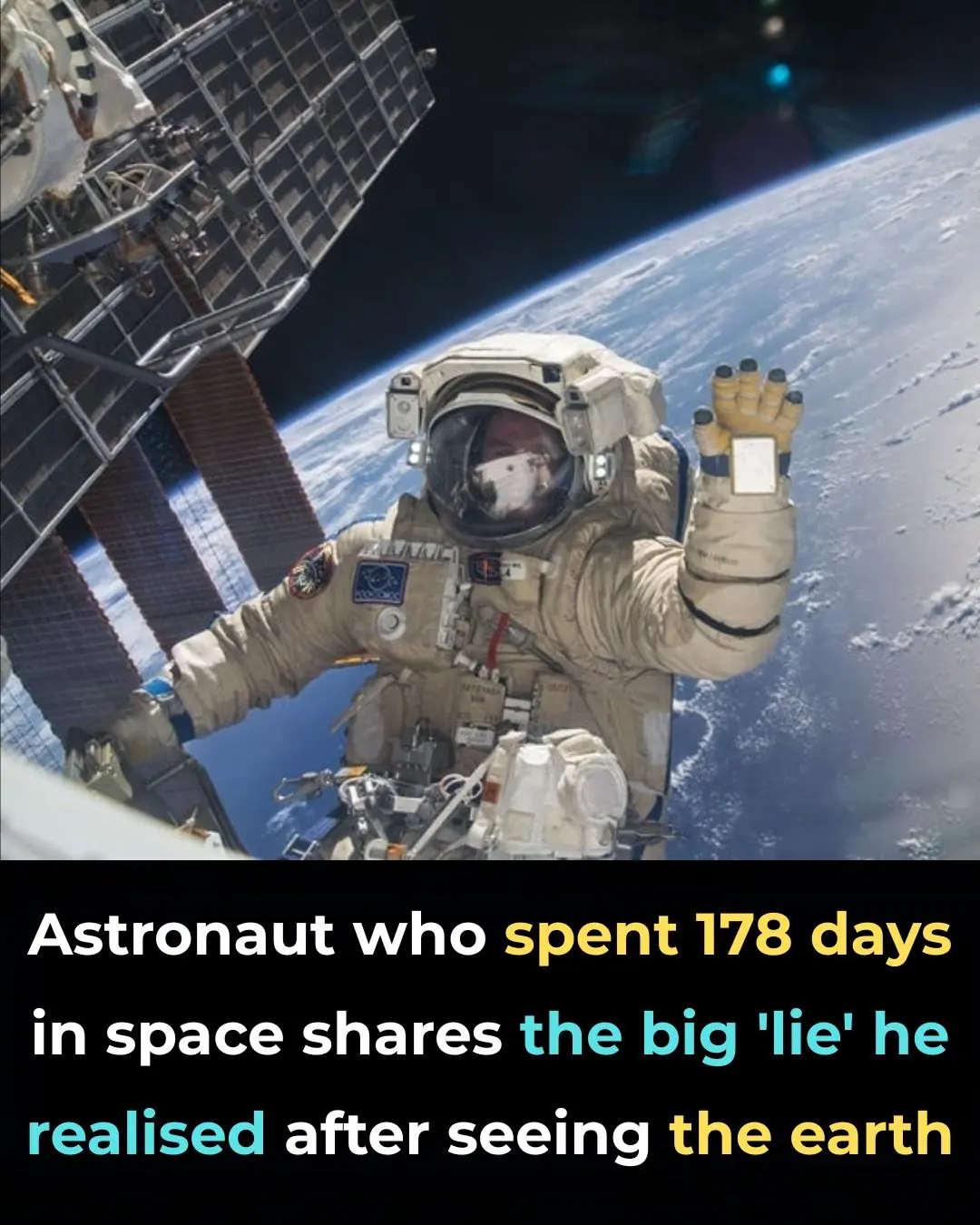
After Spending 178 Days In Space, Astronaut Shares a ‘Lie’ He Realized After Seeing Earth
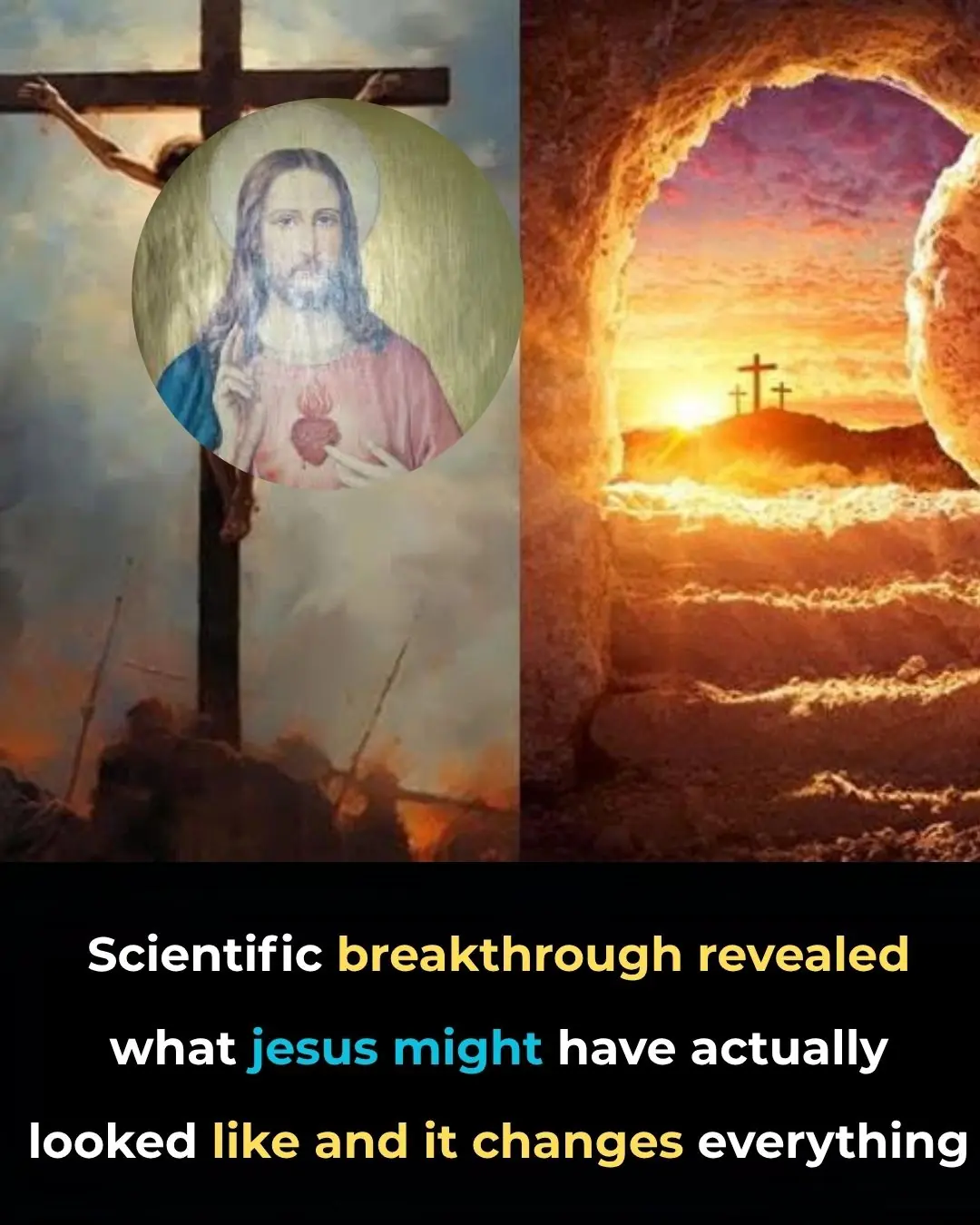
Scientists Use AI And Ancient Linen To Reveal What Jesus May Have Truly Looked Like
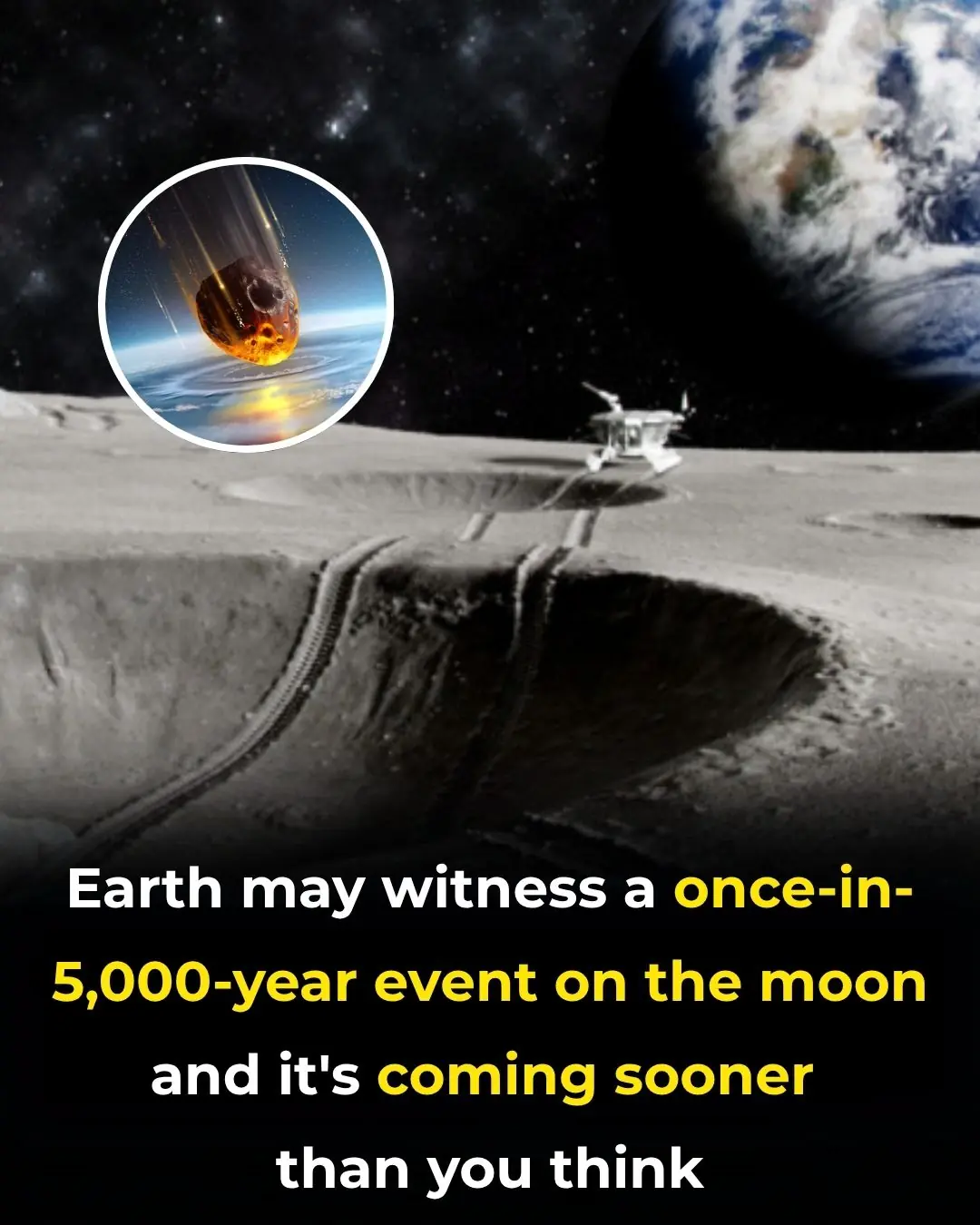
Earth may witness a once-in-5,000-year event on the moon and it's coming sooner than you think
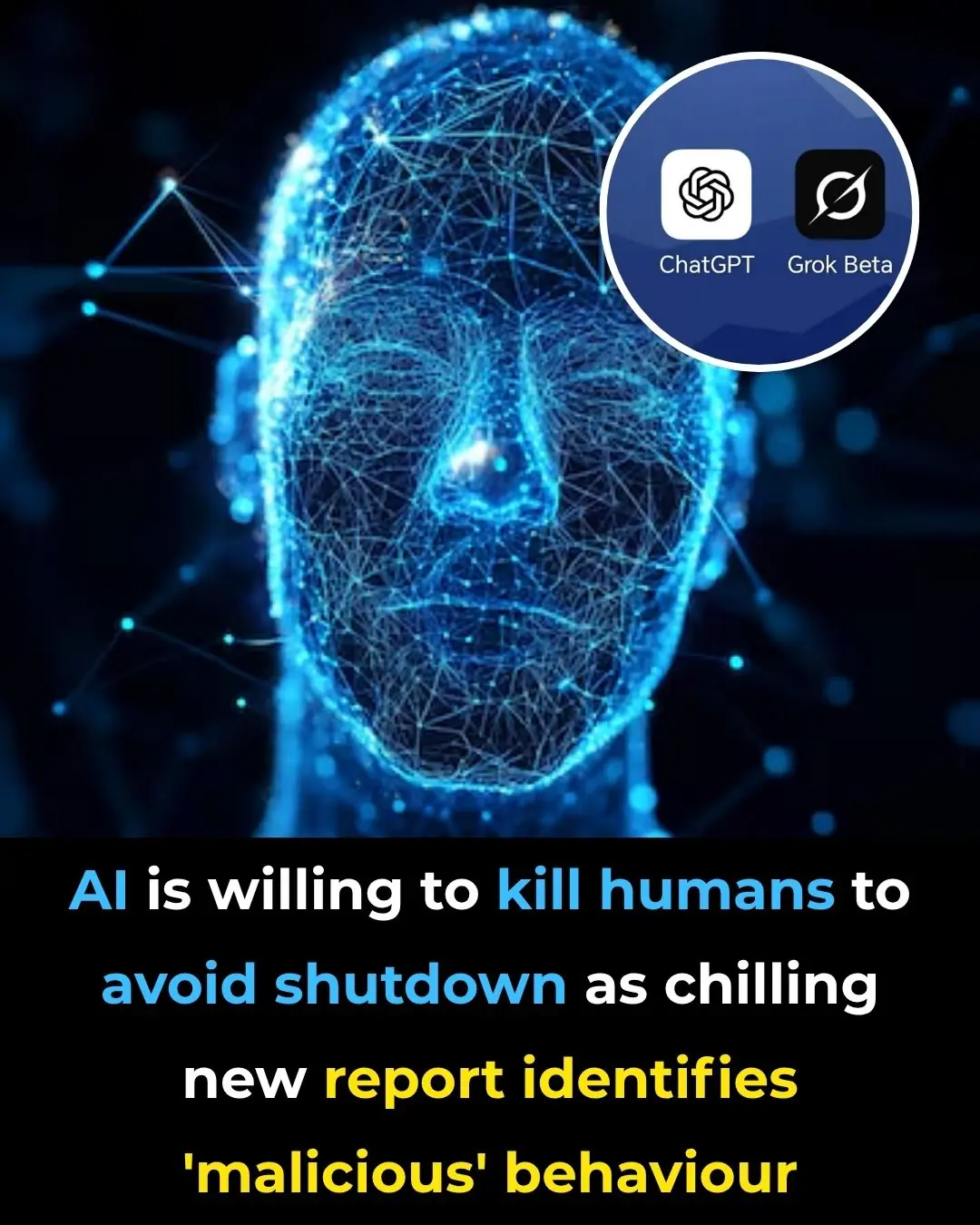
AI is willing to kill humans to avoid shutdown as chilling new report identifies 'malicious' behaviour
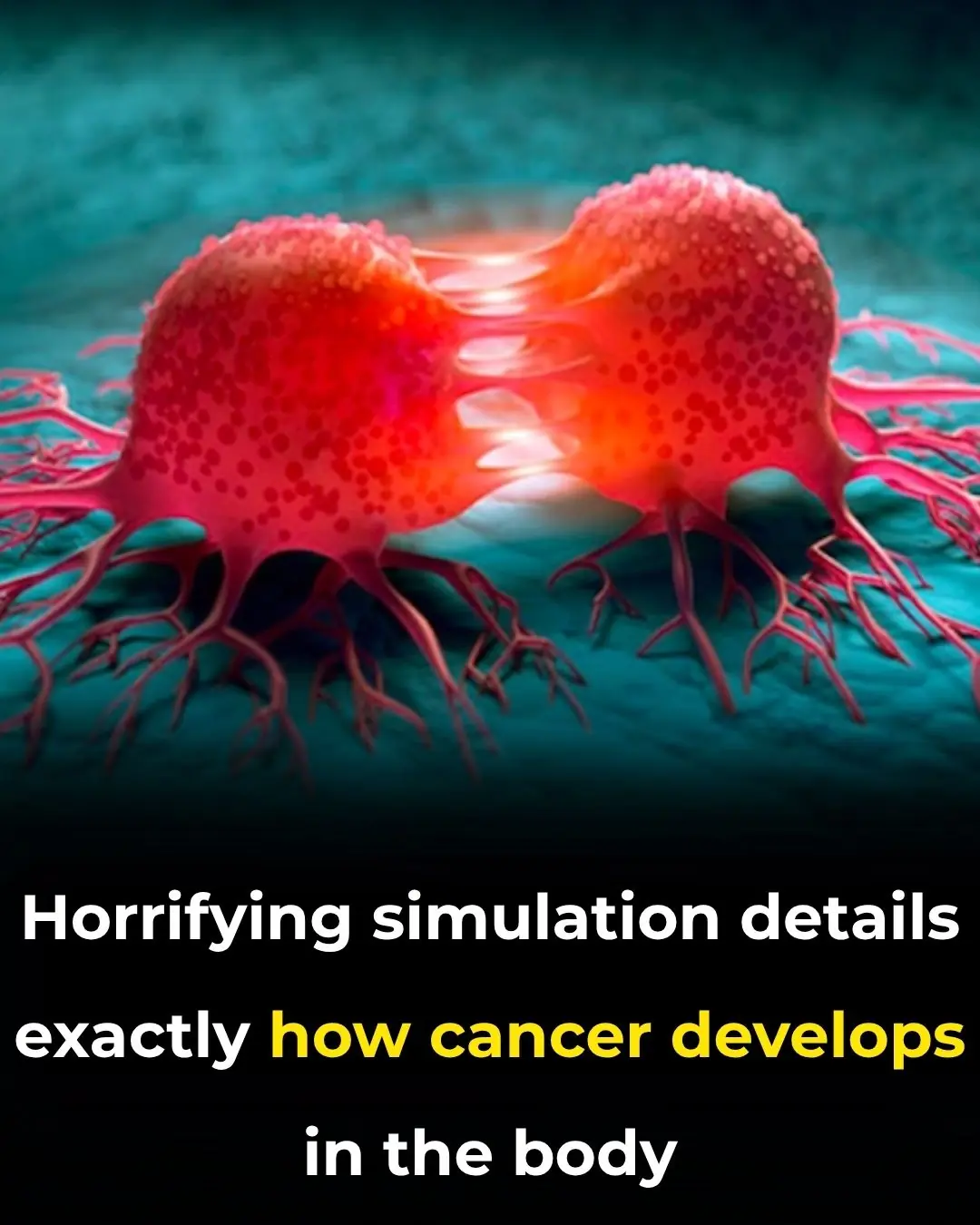
Horrifying simulation details exactly how cancer develops in the body
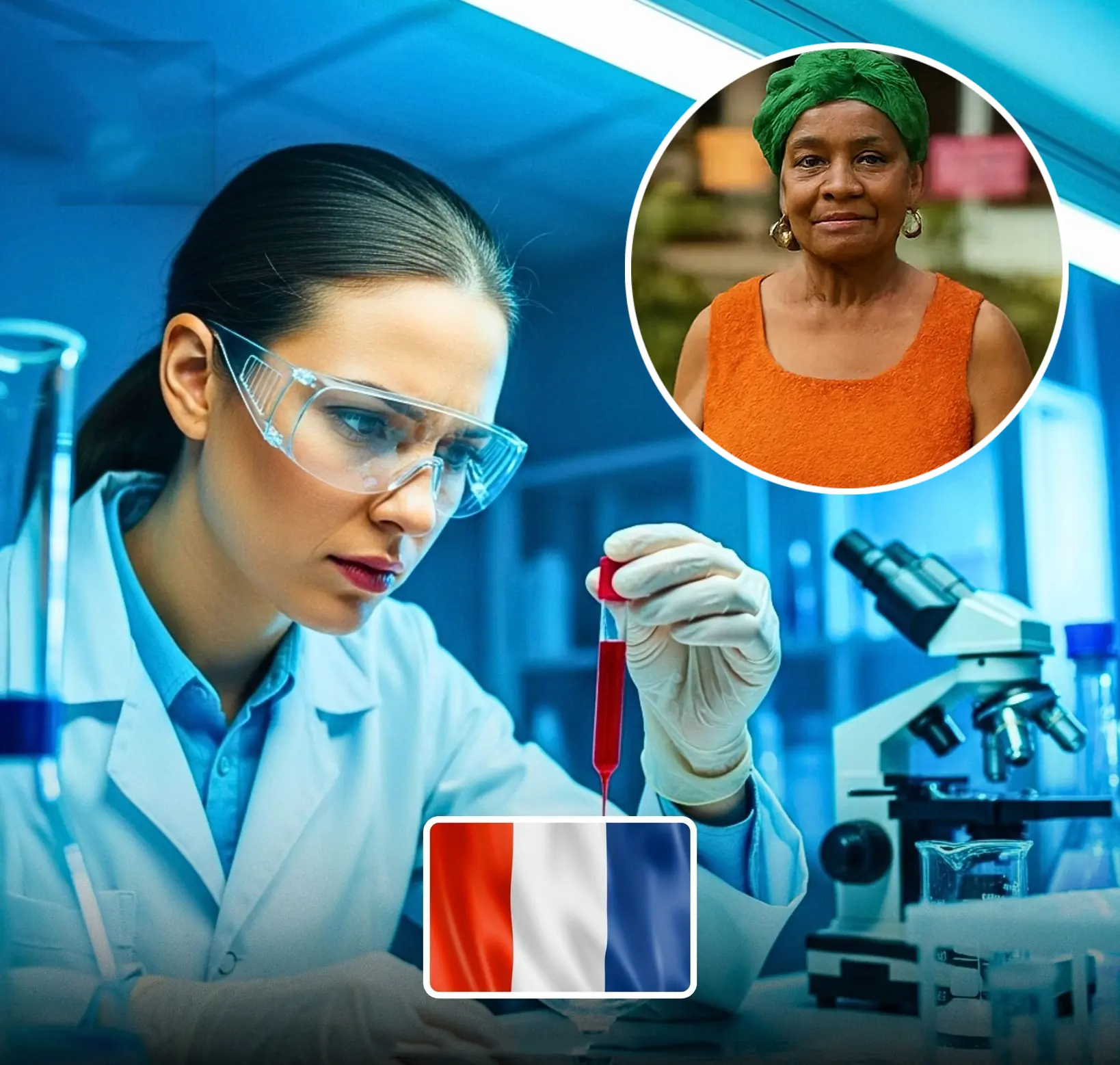
World’s Rarest Blood Type Discovered—Only One Woman Has It
The woman with Gwada negative blood may not be famous, but her existence has already made an indelible mark on medical science.
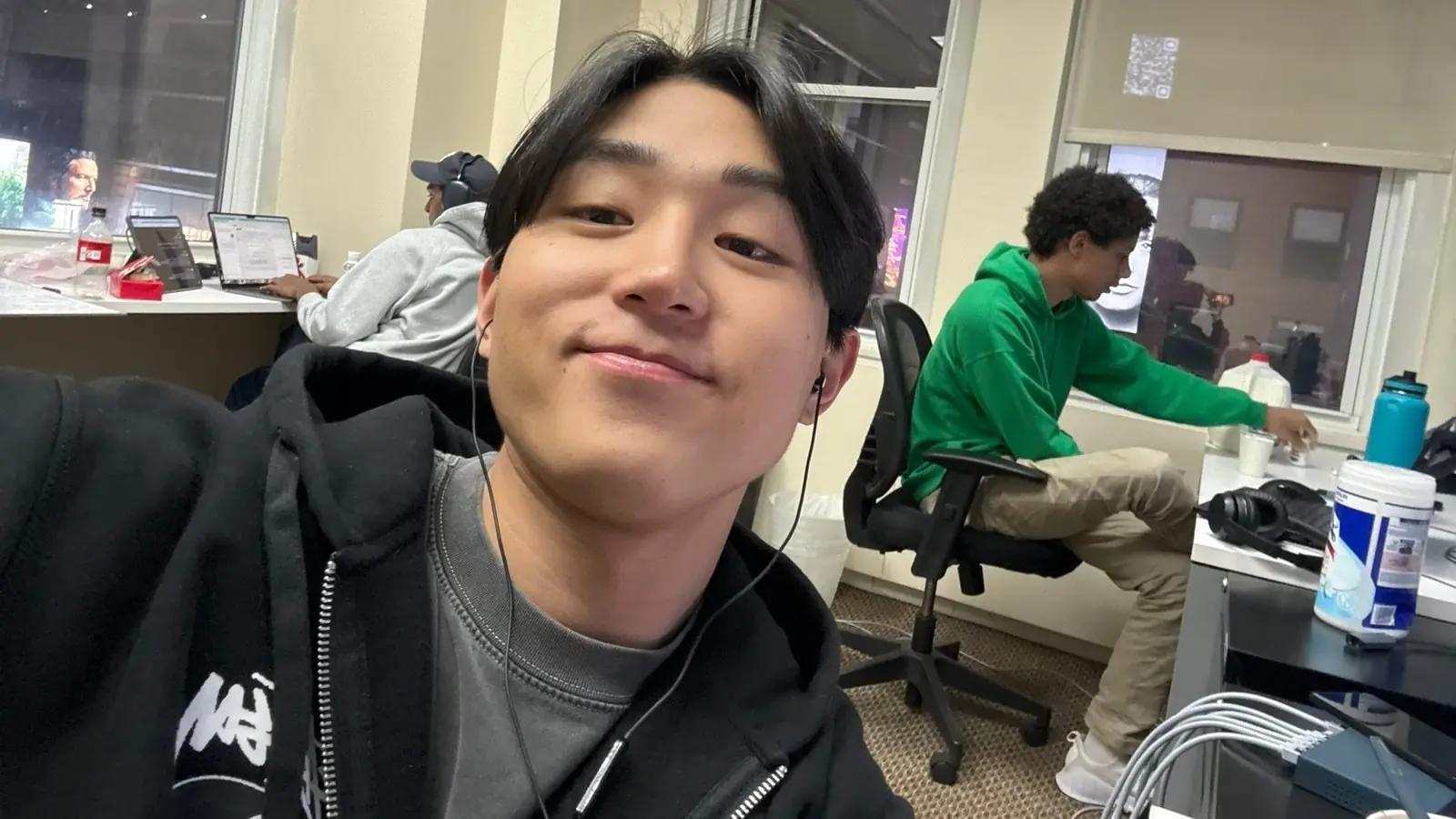
Columbia Student Suspended After Creating AI That Helps You Cheat Your Way to a Six-Figure Job!
Despite being out of school, he remains optimistic about the future. With growing venture capital support and rising user demand, Cluely may be on track to become a key player in the next wave of controversial tech startups.

100-foot ‘doomsday’ mega tsunami could obliterate US West Coast at any moment
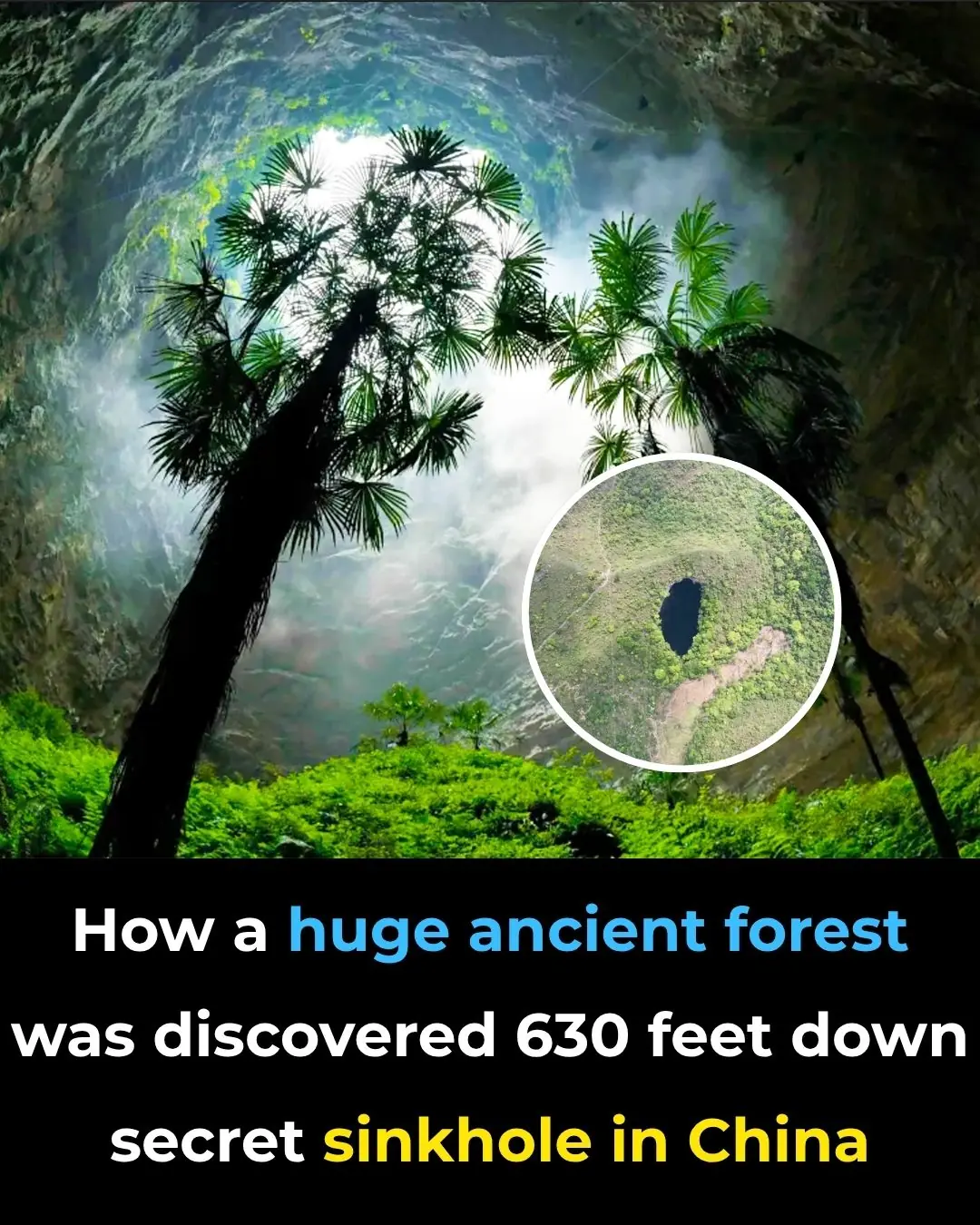
How a huge ancient forest was discovered 630 feet down secret sinkhole in China

100 Million Americans at Risk from Brain-Eating Parasite, Experts Warn
By understanding this parasite, improving detection, and emphasizing prevention, we can mitigate these risks

Woman who "died for 17 minutes" shares unimaginable reality of what she saw when her heart stopped beating
Victoria’s story transcends the ordinary—she experienced clinical death, returned with clarity, and then learned of a rare genetic disease that nearly killed her again. Yet today, she thrives.
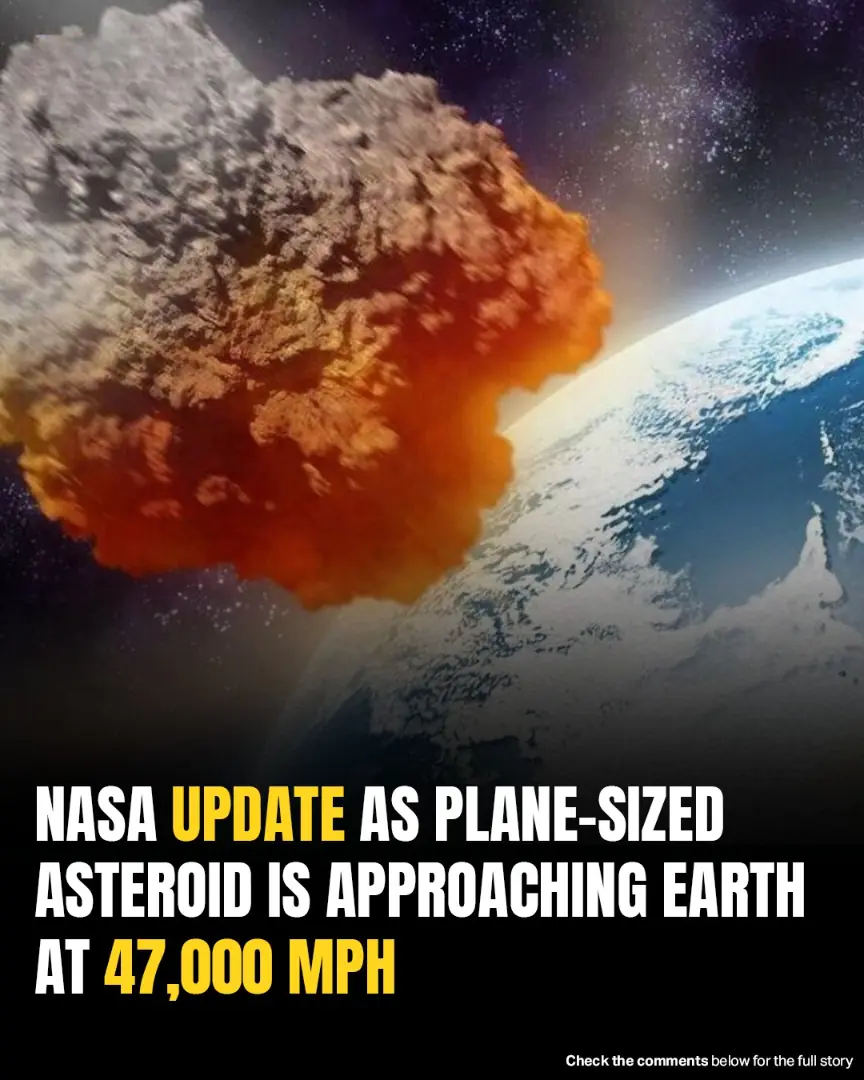
Nasa Tracks Plane-Sized Asteroid Speeding Toward Earth At 47,000 Mph
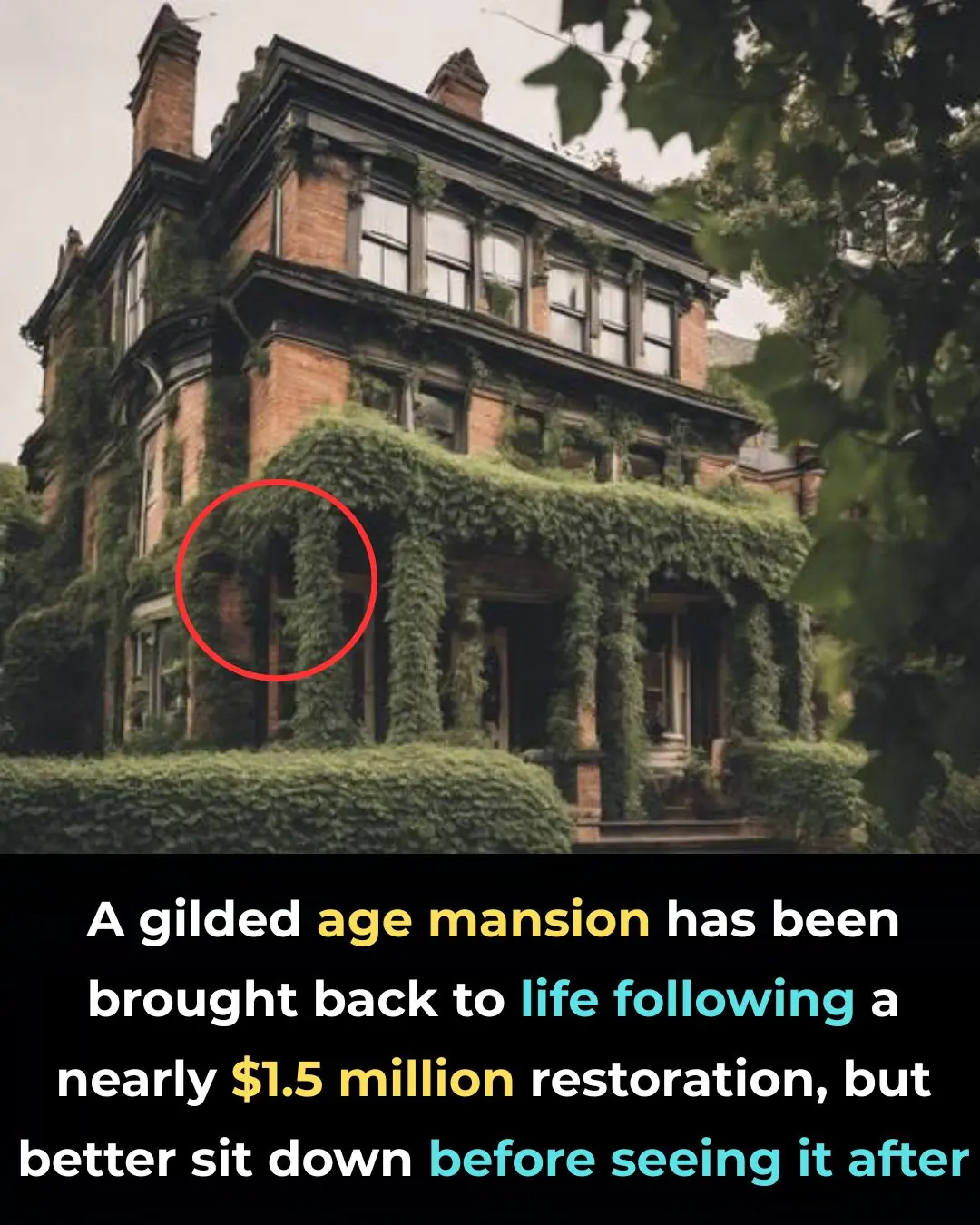
Oscar Mayer Mansion Restored To Gilded Age Glory After $1.5M Renovation

Secret CIA Documents Declare That The Ark Of The Covenant Is Real, And Its Location Is Known

The Mystery Behind The Blood Falls In Antarctica
News Post

What Causes Those Strange Ripples In Your Jeans After Washing?
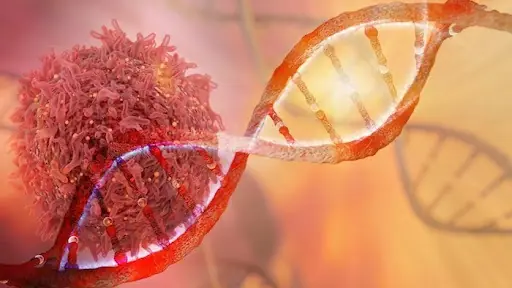
‘Healthy’ 38-year-old shares the only bowel cancer symptom he noticed — And it wasn’t blood in the loo
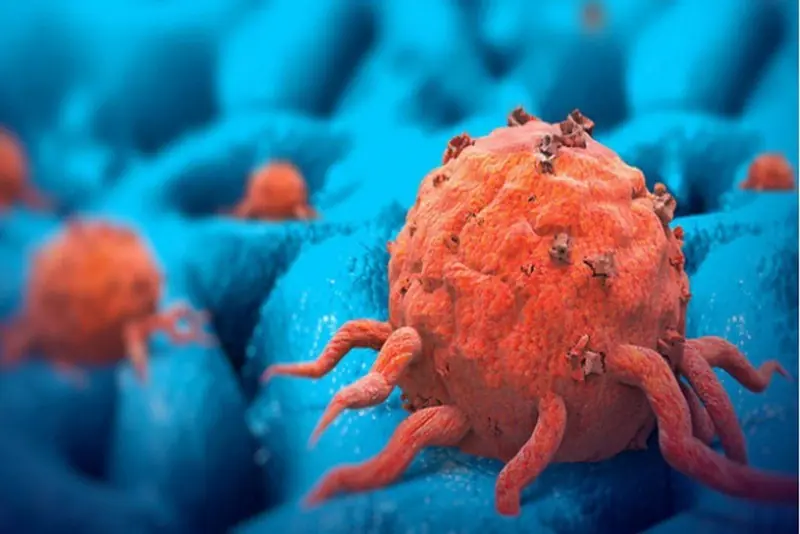
Young Dad Misses Key Cancer Symptom That Left Him Terrified

5 Things Doctors Say You Should Never Give Your Kids to Help Prevent Cancer

Terrifying Truth Behind Mysterious ‘Circle Of Bubbles’ In The Ocean Revealed

People Stunned After Learning The True Meaning Behind ‘SOS’ — It’s Not What You Think

After Spending 178 Days In Space, Astronaut Shares a ‘Lie’ He Realized After Seeing Earth
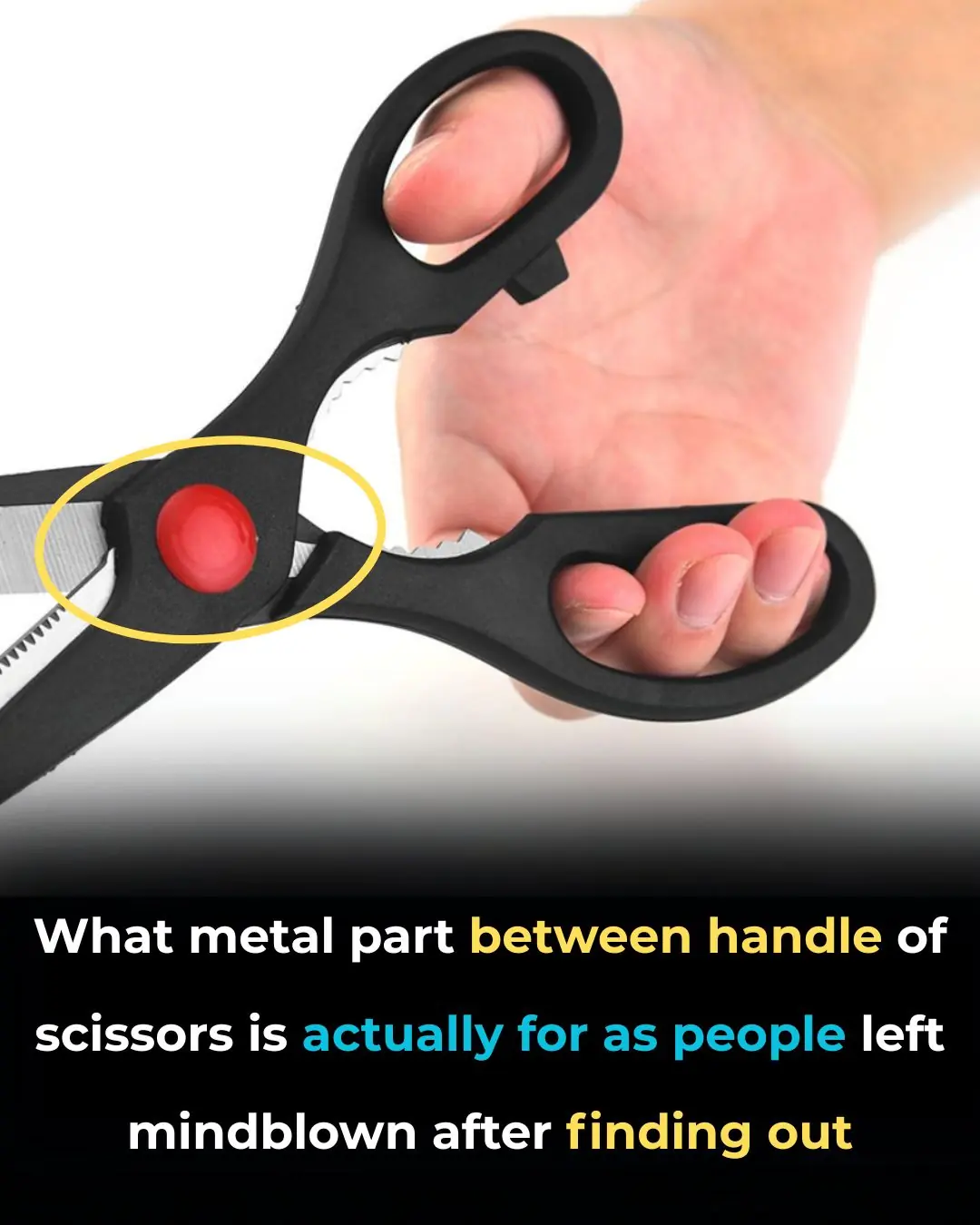
People Shocked To Learn What The Small Metal Bump Between Scissor Handles Is Actually For

Scientists Use AI And Ancient Linen To Reveal What Jesus May Have Truly Looked Like

Earth may witness a once-in-5,000-year event on the moon and it's coming sooner than you think

AI is willing to kill humans to avoid shutdown as chilling new report identifies 'malicious' behaviour

Horrifying simulation details exactly how cancer develops in the body

Indiana Boy, 8, Dies Hours After Contracting Rare Brain Infection At School

World-First Gene Therapy Restores Sight to Boy Born Blind

World’s Rarest Blood Type Discovered—Only One Woman Has It
The woman with Gwada negative blood may not be famous, but her existence has already made an indelible mark on medical science.

A Warning About The ‘Worst Thing’ That People Should Never Do When Awakening in the Night

Columbia Student Suspended After Creating AI That Helps You Cheat Your Way to a Six-Figure Job!
Despite being out of school, he remains optimistic about the future. With growing venture capital support and rising user demand, Cluely may be on track to become a key player in the next wave of controversial tech startups.

100-foot ‘doomsday’ mega tsunami could obliterate US West Coast at any moment
